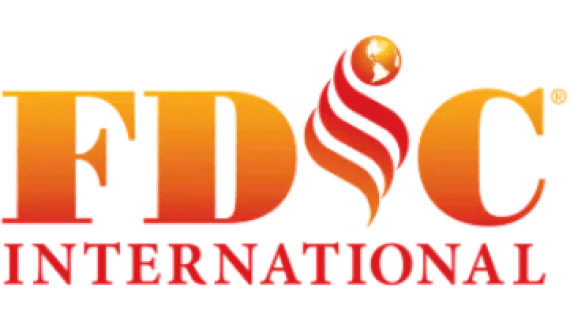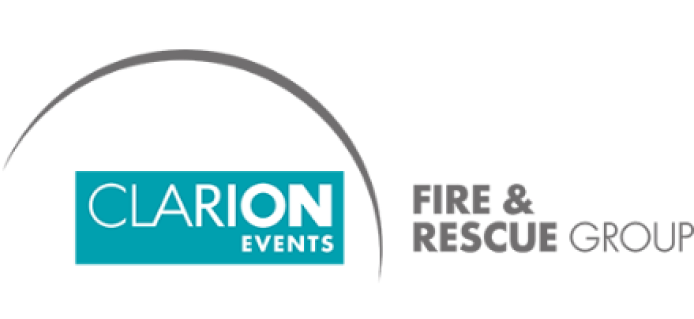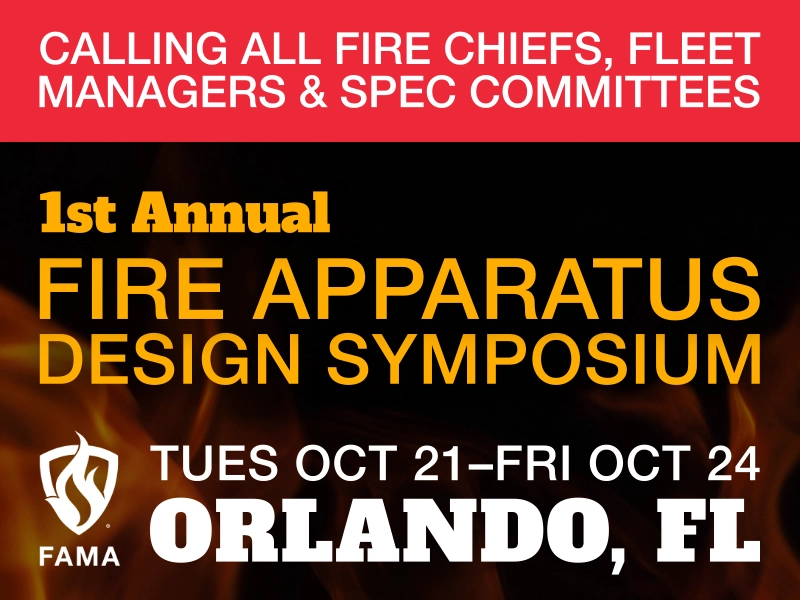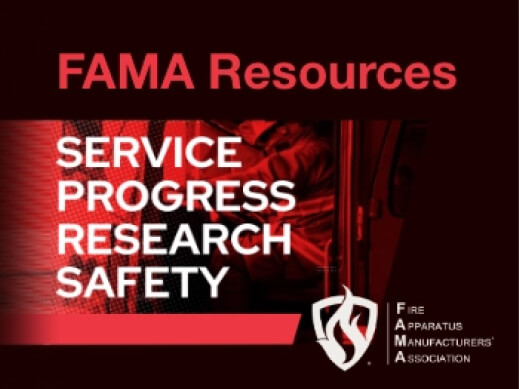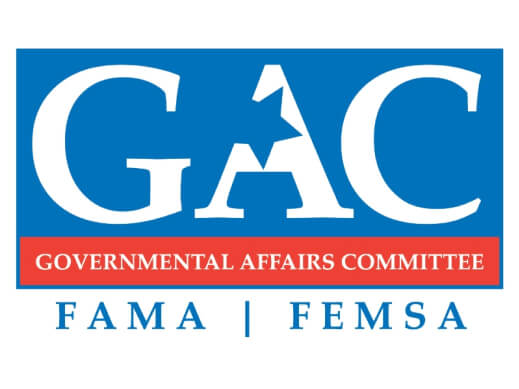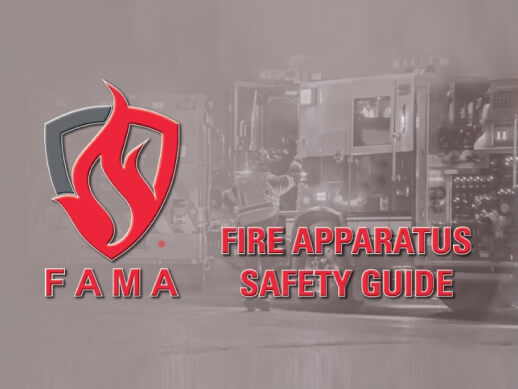We at the Fire Apparatus Manufacturer’s Association (FAMA) stay intimately involved in the National Fire Protection (NFPA) standards process to make sure that new trends in NFPA 1901, Standard for Automotive Fire Apparatus, and NFPA 1906, Standard for Automotive Wildland Fire Apparatus, are both positive and practical. One of the current discussions involves complaints from many quarters that the warning lights on fire apparatus are too intense during nighttime hours. The NFPA committee has taken up this topic, and FAMA member companies are stepping up.
THE PROBLEM
The current NFPA 1901 and NFPA 1906 requirements for apparatus warning lights were developed in an era prior to the advent of LED lighting. At that time, there was an inherent limit to the amount of light that a truck could put out. That limit was the size of the 12-volt alternator you could fit on a diesel truck engine. The standard was therefore only concerned with making sure the lights were bright enough, not whether they were ever too bright.
Today’s LED technology, however, has changed the discussion. The race to brighter and brighter LED lighting has flipped the industry on its head. A typical apparatus with LED lighting rolling off the line today will emit lighting levels easily 10 times the minimum level specified in the NFPA standards.
TOO MUCH OF A GOOD THING
During the day, warning light levels can never be too great because they are competing with the sun. Daylight constricts the observer’s pupil and very bright warning lights do not seem so bright compared with the surrounding environment. At night, however, the pupil dilates to let in as much of the sparse light as possible. When suddenly submitted to the intense light levels given off by modern LED warning lights, the result can be very distracting, even blinding, to people in the vicinity.
There are even those who argue that bright flashing lights at a roadside scene may be detracting rather than adding to scene safety. Drivers distracted by the intense light levels may be less likely to see the details of people working around the area. First responders may also be distracted by the lighting levels as they work on the scene.
FLASH PATTERNS
Lighting intensity is not the only concern. Flash patterns and speeds are also being scrutinized. There is subjective evidence to suggest that fast, frenetic, and random flash patterns are not the most optimum strategy, at least for nighttime warning, and perhaps never while in the blocking mode. At a recent nighttime demonstration, I observed this first hand. When exposed to an intense, fast, and random flash pattern, I felt tense and nervous. When the pattern was changed to a slower, dimmer, and predictable flash pattern, I felt my body and mind relax dramatically.
During code 3 operation, we want drivers to be alerted to emergency apparatus presence. The apparatus are coming quickly and usually leaving just as quickly. Perhaps a nervous driver is more desirable, assuming that we are alerting them to pull over and get out of our way. During blocking mode, however, we may want more calm and attentive drivers who will pass us by with all their faculties and vision optimized for safe driving.
LEARNING FROM OTHER INDUSTRIES
Police departments do not have documents like NFPA 1901 or NFPA 1906 to set standards for their vehicles, but there have been many departments experimenting with dimmer and calmer warning lights for blocking mode situations. There have also been studies on construction scene lighting and how effective the yellow flashing lights are at nighttime. Some of these findings can apply to the fire industry as well.
Since this topic was raised at our last NFPA meeting, I have made it a point to bring up the subject in casual conversation. The responses I have gotten have ranged from casual to passionate agreement. Everyone has experienced interstate driving on a dark night when a roadside accident is overwhelming. LED lights are flashing randomly from a parcel of emergency vehicles, and you have to shield your eyes as you pass by.
GETTING INVOLVED
So, what is your opinion? If you are one of the many who agree that there is a problem, and someone should do something, then you can be assured that the subject has gotten the attention of the industry. If you feel passionate about the topic one way or the other, now is the time to engage. Contact us at FAMA and express your thoughts, or go to the NFPA Website where you can comment publicly on its online system. The standards will be open for public comment by the time this article goes to press.
BRIGHT LIGHTS, BRIGHT PEOPLE
We at FAMA and NFPA committee members have been studying the research and scratching our heads. When you get into the science, there is much more to consider than what I have outlined here. You can quickly get overwhelmed with terms of the science like “lumens”, “candelas”, and “goniometers”, but fortunately we have some smart people in our lighting industry helping us make sense of it all. The intent is to apply technology in a way it can best benefit our firefighters as well as the public. Stay tuned for more to come.
FAMA is committed to the manufacture and sale of safe, efficient emergency response vehicles and equipment. FAMA urges fire departments to evaluate the full range of safety features offered by its member companies.
